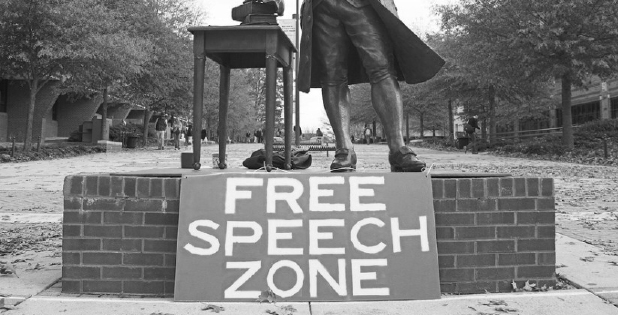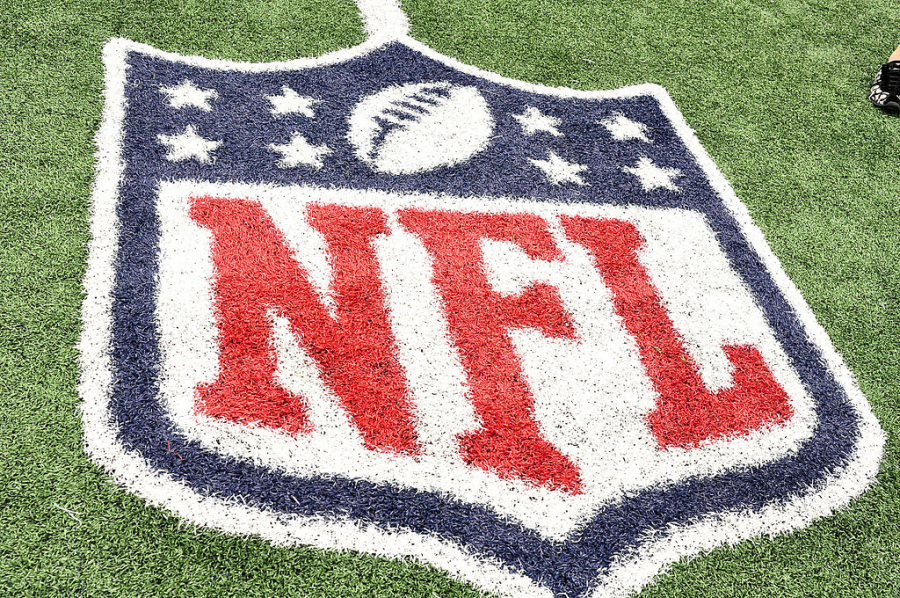Football, from the first moment to the very last, involves bone-crushing, tendon-tearing, and concussion-inducing action. Players on both sides line up head-to-head. Defensemen often tackle using their heads. And ball carriers, as last-ditch efforts, duck their heads to avoid a tackle or gain an extra yard.
All sports have some degree of risk for bodily injury. However, the nature and extent of bodily harm from football, harm that frequently makes headlines, needs to stop. Fatal injuries are a rare event, but rare in itself is too much. Truth be told, parents still hold their breath during every play of the season because football, by its design, has a high risk of injury to its players. Rule changes, precautions, and equipment mandates have made the game safer, but is it enough?
In 2014 the Institute of Medicine and the National Research Council released a statement from an expert committee evaluating the frequency of sports-related concussions in persons under the age of 18. From the results, they found there were enough reports reviewed that showed concussions were on the rise and football was the leading cause.
According to the CDC, (Centers for Disease Control) roughly 2.7 million youth athletes under 20 were treated for sports and recreation injuries from 2006 to 2014. During this same period, emergency room visits for traumatic brain injuries among children under 18 rose 63 percent. While this encompasses all recreational sports, the leading cause by 35 percent was football.
Because injuries have been increasing, board members and officials of middle and high schools have considered not sponsoring football at all for its students. No question this is a radical idea and would be a major social and economic change for schools, but there comes a time where a realization is necessary: football has become more detrimental than beneficial.

Senior Sebastian Sanchez dodges a tackle
Football at all levels is undoubtedly part of American cultural. There is a huge investment of time, attention, emotion, and money into the game. Many dream of having a “Remember the Titans”-esque experience with the communion that winning football teams bring to those on the field and those in the bleachers. Even Thanksgiving, a holiday that celebrates the founding of America, includes football. So calling for the withdrawal of football from schools will probably be viewed as un-American.
But perhaps it’s time to view football, especially at the scholastic level, not only with terms of endearment. Perhaps it’s time to view scholastic football in terms of benefits and risks it imparts on the new generation.
It may not be well known, but the American Public Health Association, along with several other medical organizations, called for a ban on scholastic boxing, at all levels, as early as the 1950’s. In a public statement, the association said that boxing, by nature, “is inherently dangerous and by design, puts players at risk of harm.” It also said that despite rule changes, equipment tweaking, and better surveillance of harm, the sport would “lessen but not substantially eliminate the injury problems.”
These same arguments can be applied to football. While progress has been made by teaching proper tackling techniques, the fact is the head is almost always in harm’s way; no rule can change that.
Should we spend so much time, money, and energy on an program that repeatedly sacrifices young minds, bodies, and morale? It is time for school administration and parents to assess the actual value of football and consider getting children off the football field so they don’t become just another statistic.































